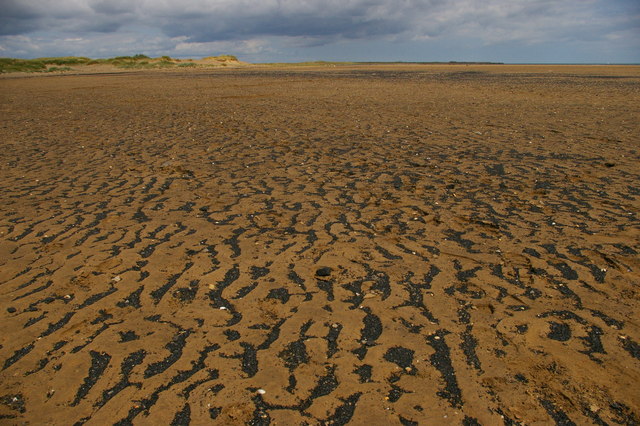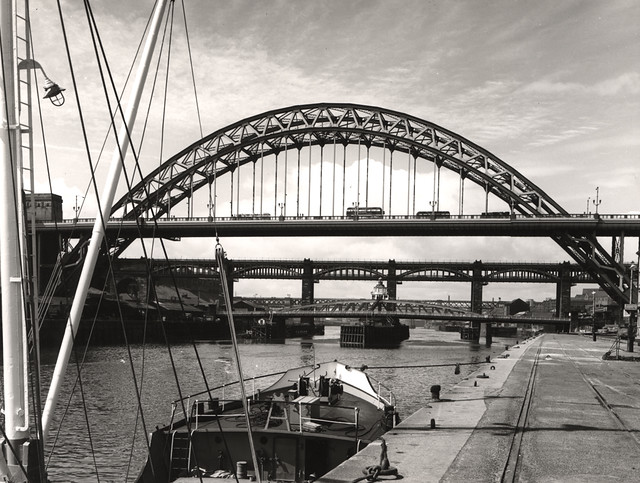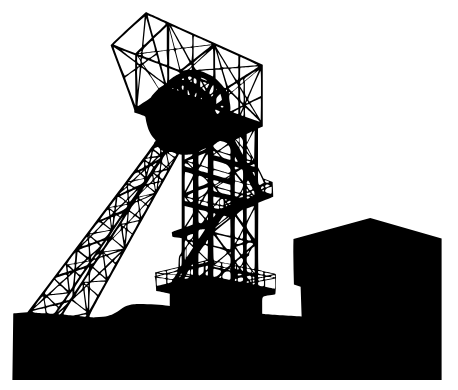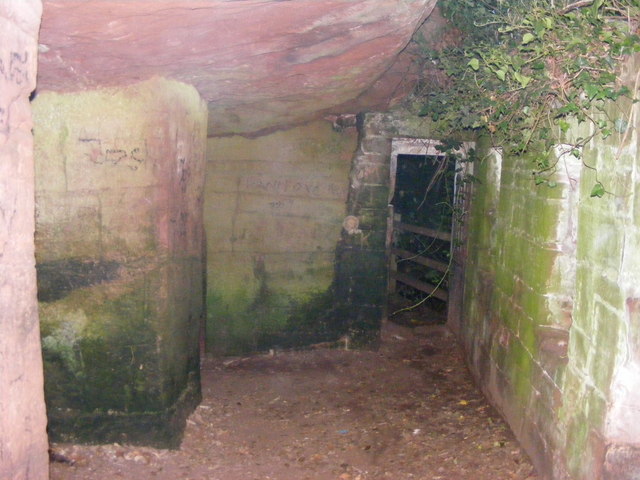Topics > Industry and Work > Mining > Growth of Coal Mining - Historical Account
Growth of Coal Mining - Historical Account
Extract from: The Life of George Stephenson and of his son Robert Stephenson, by Samuel Smiles, 1881.
Since that time great changes have taken place on the Tyne. When wood for firing became scarce and dear, and the forests of the South of England were found inadequate to supply the increasing demand for fuel, attention was turned to the rich stores of coal lying underground in the neighbourhood of Newcastle and Durham. It then became an article of increasing export, and "sea-coal" fires gradually superseded those of wood. Hence an old writer describes Newcastle as "the Eye of the North, and the Hearth that warmeth the South parts of this kingdom with Fire." Fuel became the staple product of the district, the quantity exported increasing from year to year, until the coal raised from these northern mines amounts to upward of sixteen millions of tons a year, of which not less than nine millions are annually conveyed away by sea.
Newcastle has in the mean time spread in all directions far beyond its ancient boundaries. From a walled mediaeval town of monks and merchants, it has been converted into a busy centre of commerce and manufactures inhabited by nearly 100,000 people. It is no longer a Border fortress—a "shield and defence against the invasions and frequent insults of the Scots," as described in ancient charters—but a busy centre of peaceful industry, and the outlet for a vast amount of steam-power, which is exported in the form of coal to all parts of the world. Newcastle is in many respects a town of singular and curious interest, especially in its older parts, which are full of crooked lanes and narrow streets, wynds, and chares, formed by tall, antique houses, rising tier above tier along the steep northern bank of the Tyne, as the similarly precipitous streets of Gateshead crowd the opposite shore.
All over the coal region, which extends from the Coquet to the Tees, about fifty miles from north to south, the surface of the soil exhibits the signs of extensive underground workings. As you pass through the country at night, the earth looks as if it were bursting with fire at many points, the blaze of coke-ovens, iron-furnaces, and coal-heaps reddening the sky to such a distance that the horizon seems like a glowing belt of fire.
Quick History of the North of England < Smiles, 1881 > From the Gin to the Newcomen Engine

Co-Curate Page
Sea Coaling
- A 'sea-coaler' is someone who makes their living by collecting and selling coal washed up on the beaches. Examples of beaches in the North East where sea coaling was practiced …

Co-Curate Page
Newcastle upon Tyne
- Overview Map This section of Co-Curate provides a menu for the areas/districts within the City of Newcastle upon Tyne. Select the area (below). See also: Newcastle City Centre for streets, buildings, …


Co-Curate Page
Sea Coaling
- A 'sea-coaler' is someone who makes their living by collecting and selling coal washed up on the beaches. Examples of beaches in the North East where sea coaling was practiced …










